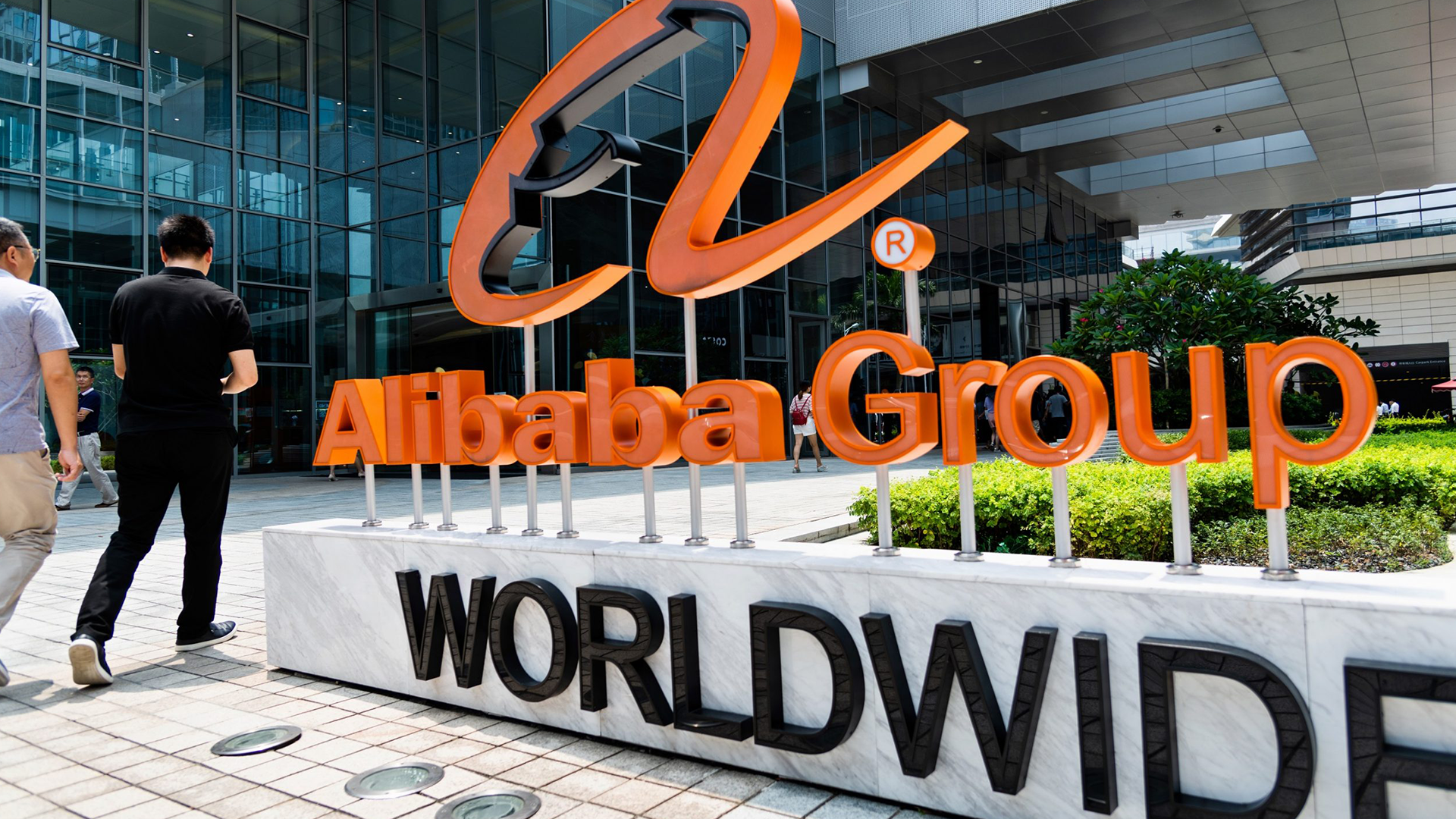
Having a Quality Management system in place within your company is essential, especially if your business is in the healthcare or industrial sector. However, for this management system to function properly, it is necessary to remain constantly attentive to the guidelines and regulations, which are numerous.
And it’s not only in the healthcare or industrial sectors, as there are other areas that are regulated and must meet pre-established requirements, directly impacting the standardization of processes, inspections, and periodic audits in order to verify alignment with the guidelines.
Food, agrochemicals, cosmetics, pharmaceuticals, electricity, telecommunications, transportation, water, and sanitation are other examples of regulated sectors that must adhere to quality standards.
Quality Management
It is a set of processes and techniques used by an organization to ensure that its products or services meet customer expectations and the quality standards established by the market.
For businesses, it is very important as it guarantees high standards for products and services, as well as consistency in the activities and processes used in the creation/execution of products or services.
Its implementation and execution focus on four pillars: planning, control, assurance, and continuous improvement. Once this is in place, it is simply a matter of relying on efficient software to facilitate daily controls.
Challenges Faced
Challenges are always present. In the implementation phase, for example, the main ones include lack of commitment, information management, adherence to regulations, implementation of improvements, and the adoption of a quality culture.
In daily operations, the challenges are related to lack of planning, few actions directed toward consumers and employees, failure to measure and analyze results, disregarding quality tools and principles, procrastinating necessary changes, disorganization in processes, documents, and actions, absence of clear goals and objectives, among others.
Process control, for example, ensures that all production processes are carried out consciously and according to established standards, from the selection of raw materials to final packaging and delivery to the customer.
The lack of process standardization also leads to failures and errors that may go unnoticed in daily operations, damaging the entire production chain and impacting the final delivery.
This aspect also affects the control of production stages. Without standardized processes, it is difficult to monitor regulatory compliance.
From this perspective, it seems that processes are at the core of everything for effective Quality Management and satisfactory regulatory adoption. However, it is important to remember those who execute the process: the employees.
And, since it involves people, there are also numerous challenges to face, the main one being resistance to change and communication failures.
Therefore, before considering practical changes, extensive planning is necessary, along with the right tools and required support.
This can keep all areas aligned, avoiding communication failures and resistance.
Employees and Processes Always Aligned
There is an effective way to keep employees and processes always aligned: technology.
In the case of Interact, the technology used to execute Quality Management and maintain regulatory compliance is the Interact Suite SA, through its QMS and Regulatory solution.
With it, your company will ensure the constant improvement of processes, guaranteeing the quality of products and services.
If you have already taken a step toward implementing Quality Management and wish to comply with specific market regulations, know that the solution is fully aligned with the guidelines of RDC-301 – Good Manufacturing Practices for Medicines from ANVISA, ISO 9000, ISO 31000, and COSO.
Among its key benefits, we find the control and alignment of strategic and operational indicators, management tools for visual monitoring of indicators, control of action plans and projects with schedules and workflows, sophisticated management analysis tools, and integrated management of critical analysis events.
Additionally, because the solution covers areas such as indicators, risks, documentation, and occurrences, it becomes complete for use in various sectors, such as industry, healthcare, mining, and others. Furthermore, the modules can be adapted according to the company’s needs, expanding strategic management.
Visit our website to learn more about Interact Suite SA.
Author:

Bianca Wermann
Journalist, Communication and Marketing Analyst at Interact Solutions.



